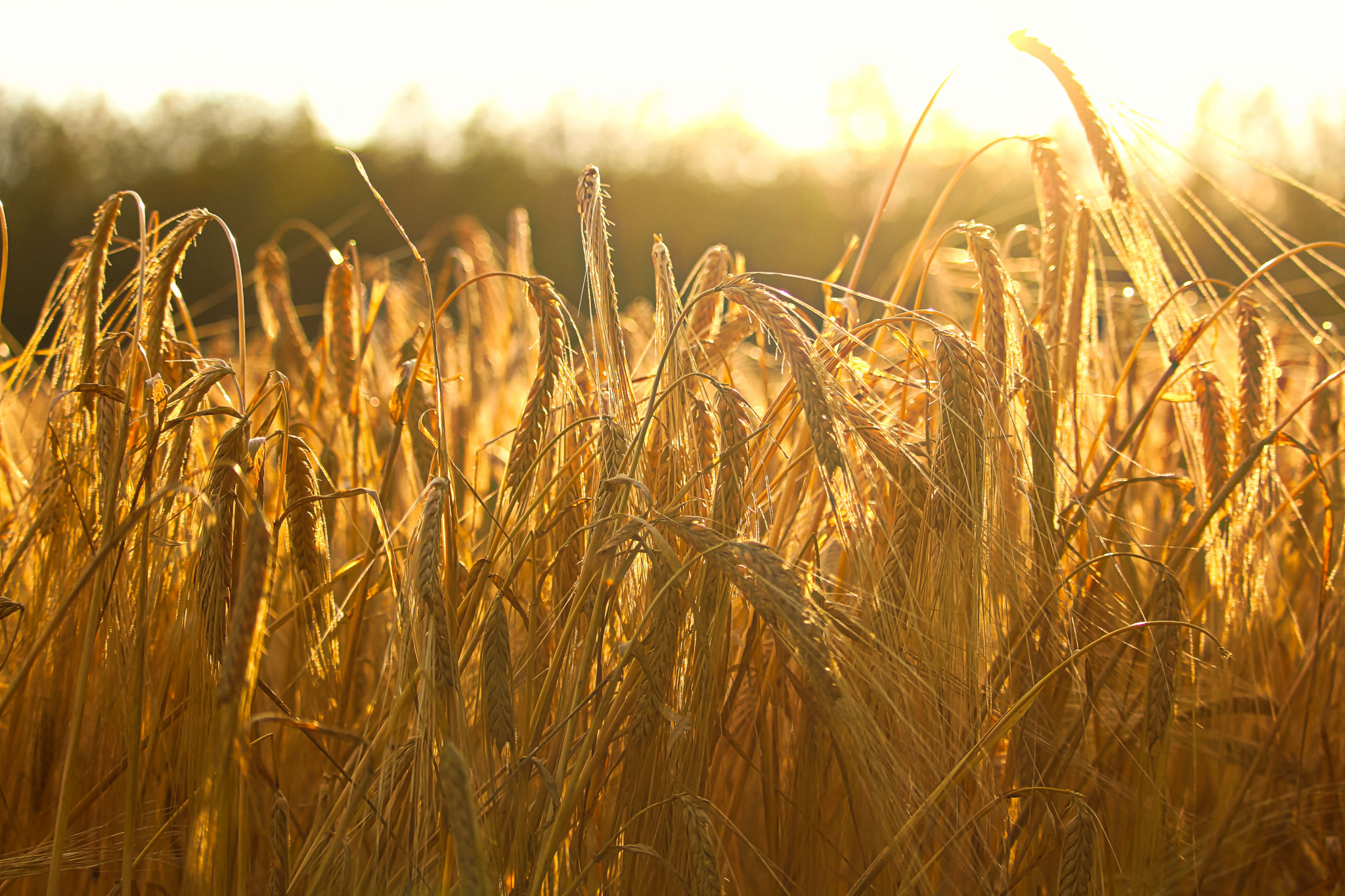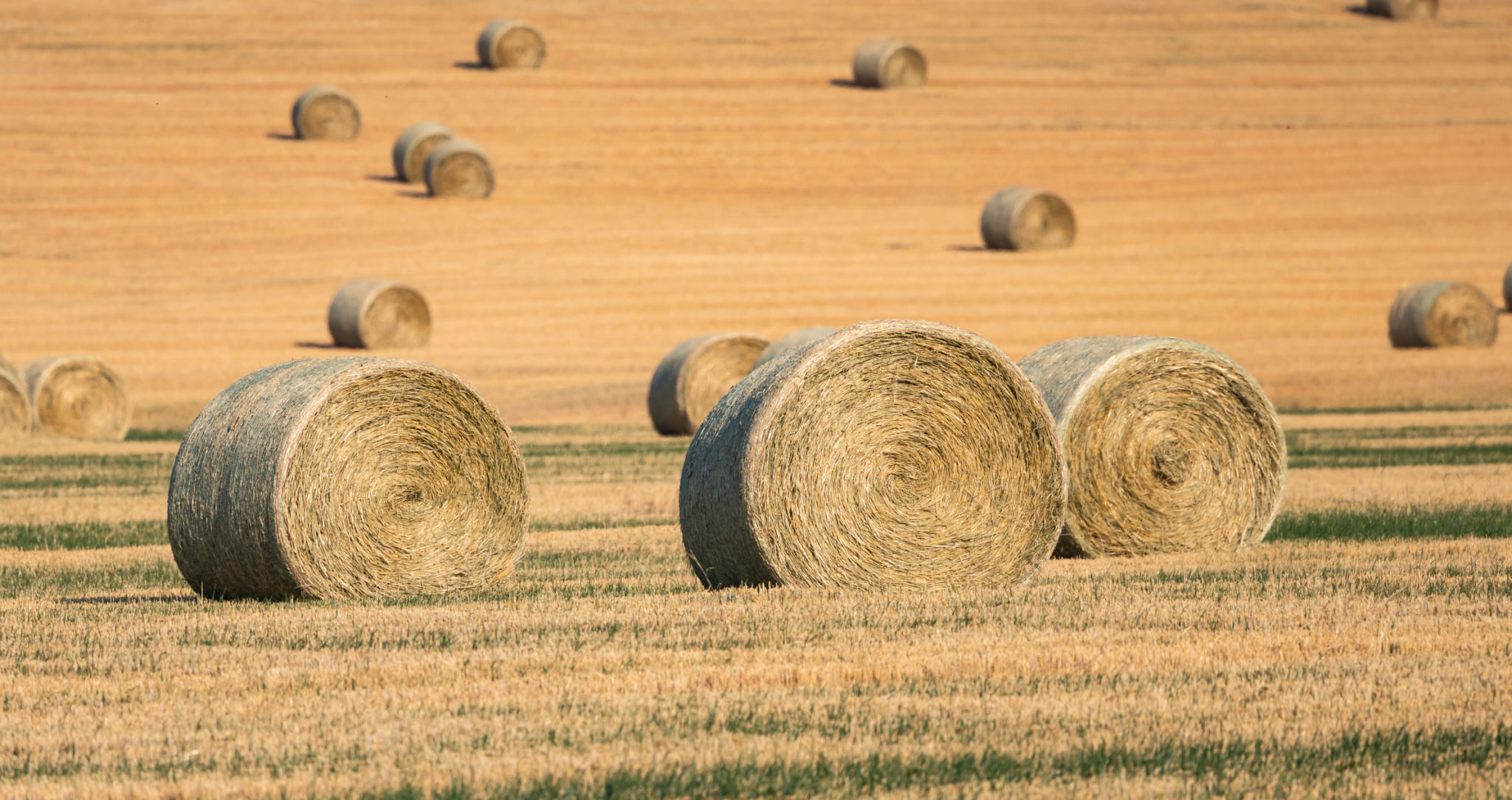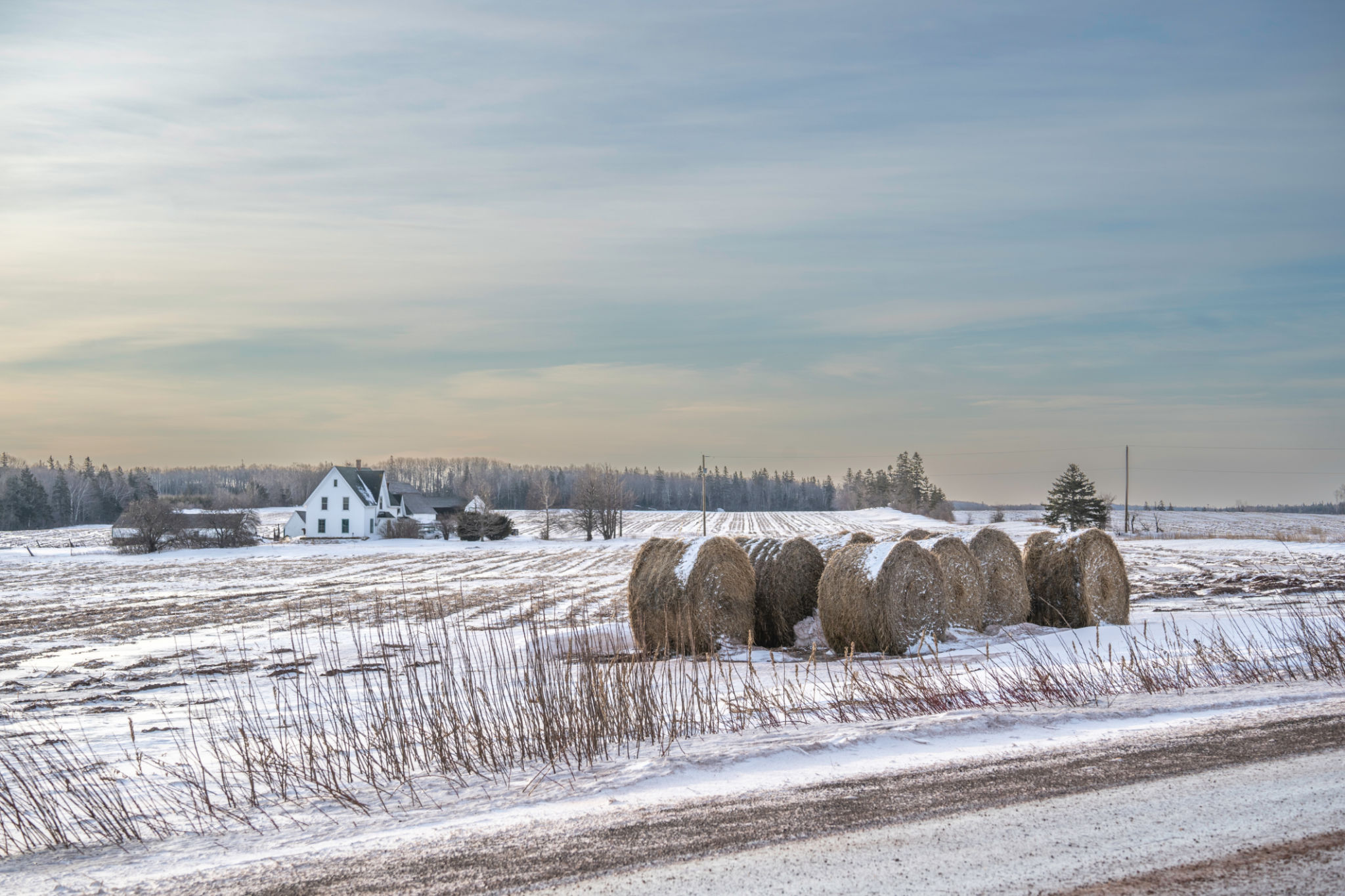Seasonal Hay Management: Best Practices for Quality and Efficiency
Understanding Seasonal Hay Management
Effective hay management is crucial for ensuring high-quality feed throughout the year. As seasons change, so do the needs and conditions for hay production and storage. By implementing best practices tailored to each season, farmers can maintain quality and improve efficiency, ensuring that livestock receive the nutrients they need.
Different seasons present unique challenges and opportunities for hay management. From cutting and curing in the summer to managing moisture levels in the fall, each step requires careful planning and execution. Understanding these seasonal nuances can significantly impact the quality of the hay produced.

Spring: Preparing for a Successful Harvest
Spring is a critical time for preparing fields and equipment for the hay-making season. It involves assessing soil fertility and ensuring that fields are in optimal condition for planting. Regular soil testing can help determine the necessary nutrients needed for a robust crop.
During this time, it's also important to inspect and maintain equipment. Ensure that mowers, conditioners, and balers are in top condition to avoid any delays or breakdowns during peak harvesting periods. Investing time in preparation during spring can lead to higher efficiency and better-quality hay.
Summer: Cutting and Curing
Summer is the peak season for harvesting hay, and timing is everything. The ideal time to cut hay is when the crop is at its most nutritious stage, typically before it begins to mature fully. This ensures maximum nutrient retention and palatability for livestock.
After cutting, the curing process is essential to reduce moisture content and prevent spoilage. Proper curing involves spreading the hay evenly in the field to allow sunlight and air to dry it thoroughly. Monitoring weather conditions during this period is crucial to avoid unexpected rain, which can damage the crop.

Fall: Storing with Care
Once hay is harvested and cured, proper storage becomes the next priority. Fall is an ideal time to focus on protecting hay from environmental factors that can degrade its quality. Using well-ventilated barns or covered storage areas can shield hay from moisture and pests.
Consider stacking bales off the ground on pallets or using tarps to provide additional protection against rain and snow. Regularly inspecting stored hay for signs of mold or spoilage ensures that your livestock receives only the best quality feed during the winter months.
Winter: Monitoring and Managing Inventory
During winter, it’s crucial to monitor hay inventory closely to ensure that livestock feed demands are met throughout the season. Regularly check hay quality and quantity, adjusting feeding schedules as necessary to maintain animal health.
Winter also provides an opportunity to reflect on the past year's practices and plan improvements for the coming seasons. Reviewing what worked well and identifying areas for improvement can enhance future efficiency and productivity in hay management.

Conclusion: Achieving Quality and Efficiency
By understanding and implementing seasonal hay management practices, farmers can optimize both quality and efficiency. Each season offers distinct opportunities to enhance the hay production process, from preparation and harvesting to storage and inventory management.
Maintaining high-quality hay not only benefits livestock but also contributes to overall farm sustainability. Embracing these best practices will ensure a successful hay management strategy year after year, providing peace of mind and reliable nutrition for livestock.
